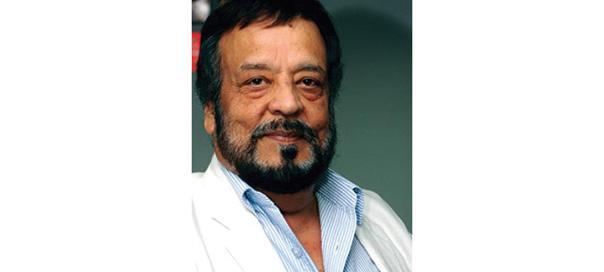Everyone knows that statistics are like a bikini. They reveal everything that is interesting but, at the same time, conceal what is vital. The same applies to the public opinion polls because they too can be twisted to suit your taste.
The government’s concern about every media outfit taking polls haphazardly, and then publishing them with their comments is legitimate. But to me, the solution is not in stopping them. The government or the National Election Commission must devise a way in which political parties can ensure the polls are conducted in a scientific way and the sample is truly representative.
But if the polls are banned, the country will be robbed of an important democratic method of fathoming public opinion. The over ambitious leaders of the opposition will never acknowledge that the polls are not properly done or that they are being conducted by TV channels that are already prejudiced in favour of a leader created recently by the media hype.
The dilemma about biased public opinion polls is similar to the problem that India is facing about “paid news”. They are, in fact, symptoms of a larger problem — lack of education. Education is the most important ingredient of a successful democracy, because it brings accountability among the people and in political parties. Here, we lack both and that is what makes this huge democracy, unwieldy and unmanageable.
For now, it seems India in transition is becoming a democracy where the crucial ingredients that can strengthen it are not working in the way they should. Political parties can freely abuse the opinion polls to mislead the uneducated into a herd mentality because there is no check. The voters also don’t seem to be concerned enough to check its veracity or to care about who funded the survey to discern any bias. I was not surprised the other day when I saw an opposition politician on TV defending a sample of 2,800 people taken in Madhya Pradesh, by saying that in USA a sample of 3,000 is considered more than enough. He had no clue that samples in India must be bigger because we are talking about more than a billion people whereas the US population is one-third of that.
There is no doubt that public opinion polls play an important role in US politics. They are used by candidates and the media during the election campaigns to see which candidates are ahead and who is likely to be victorious. But the difference is that the Americans have been working for decades on improving the methods to make the polls more accurate.
The process of improving the polls began shortly after the newspapers were stung in 1948 when they relied on the opinion polls and without waiting for the official vote count ran wrong headlines that said Harry Truman had lost the presidential election. But the public opinion analysts were smart enough to turn around the damage to their credibility by developing better sampling techniques. So the government in India should not ban the polling process but, instead, come up with ways to force the politicians to be careful in their polling techniques and the methods they use in arriving at the results. It should also lay some guidelines for publishing them.
And the voters should not blindly believe them but should ask questions such as:
• Who was interviewed? Were the samples taken large enough and selected at random? Did the individuals interviewed really represent the people as a whole?
• How was the survey conducted? Generally speaking, unclear, biased, or emotionally charged questions will produce misleading answers and weaken the accuracy of the results of a poll. Also, if the people were given options to choose from, were they enough in number?
• When was the poll conducted? The general rule is, the more current the poll, the more likely it is to produce meaningful and useful results.
• Who conducted the poll? Were the pollsters ‘novice’ or were they professionals with enough resources and a credible track record?
• What was the percentage of error? Polling groups should always indicate the potential for error of their poll. It can be statistically done on the basis of the size of the sample.
I too have a few questions. Why should we have several elections (that is what the polls are for) before the real elections takes place? Why create hype by conducting different polls for months before the actual elections and overkill the news on TV screens, day in and out? I can understand a candidate getting surveys conducted to find out what issues are relevant in his constituency, how big is the threat by the opposition, and which parts of the constituency need more of his attention. But what is the real reason for publishing those polls or televising them again and again unless the aim is to mould the public opinion and tilt the results one way or another? Is it just a gimmick for TV channels or is there an ulterior motive of misleading the uneducated people into joining the herd and vote for a particular political party or a candidate?
(Author/news analyst Ravi M Khanna is currently freelancing after a 24-year stint with Voice Of America in Washington DC, as South Asia bureau chief)
Feedback: ravimohankhanna@gmail.com























